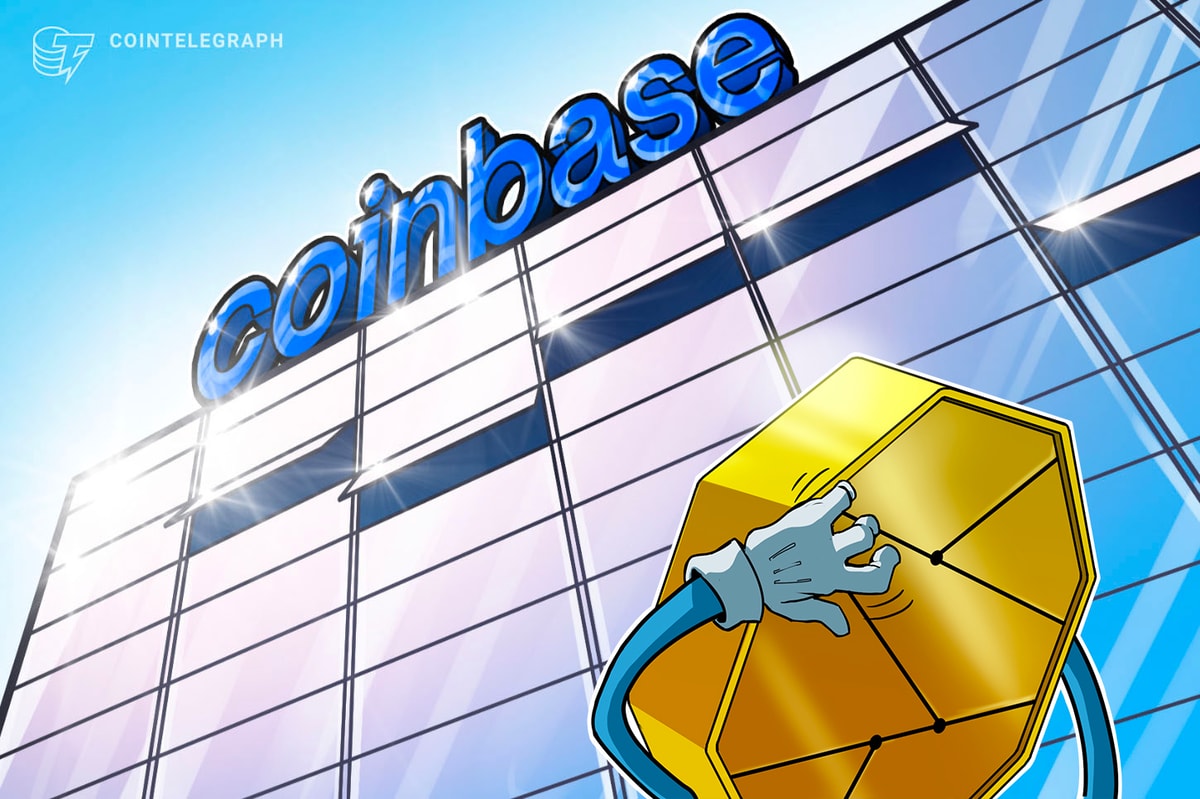Web3 communities are filled with individuals who are passionate about the decentralization of the internet and the potential of blockchain technology. However, because these communities are often online and decentralized, they can be susceptible to scams and other malicious activity.
As a member of a Web3 community, it’s important to be aware of the risks and take steps to protect yourself and others. Here are seven tips to help keep your Web3 community safe.
Institute automation for verification
One way to protect your community from scams is to add automated verification processes. For example, you can require new members to verify their email addresses or phone number before they’re allowed to post.
Another great way to verify someone is to require them to verify their wallet address before they can become a part of your community. This helps to ensure that everyone in the community is who they say they are and reduces the chances of someone impersonating another member.
All admins must use 2FA
Two-factor authentication (2FA) is a must for all admins in a Web3 community. This adds an extra layer of security and helps to ensure that only authorized individuals can access and make changes to the community. Since admins have absolute access to your Web3 community, they can prove to be the absolute bottleneck in the case of a security breach. Hence, they must have 2FA enabled to protect against potential hackers.
Be active in your community 24/7
Another great way to keep your community safe is to be active in it 24/7. This means monitoring the community for any suspicious activity and quickly responding to any reports of malicious activity. Additionally, being active in the community will help you build relationships with members and gain their trust. Since one person can’t be active all the time in your Web3 community, consider appointing multiple moderators who can help you to keep an eye on things.
Educate the community about potential scamming techniques
One of the best ways to protect your community from scams is to educate members about potential scamming techniques. This can be done through blog posts, video tutorials or even just simple posts in the community itself. By educating members about what to look out for, they’ll be more likely to spot a scam and report it to the admins.
Moderation that covers the whole time zone
As mentioned above, it’s important to have moderators who are active in the community 24/7. However, it’s also important to have moderators who cover different time zones. This is because scammers and hackers can operate at any time of the day or night. By having moderators who are active in different time zones, you can be sure that someone is always monitoring the community and quickly responding to any reports of malicious activity.
Correct discord setup with automation
Discord is a popular chat platform used by many Web3 communities. When setting up your community’s Discord server, be sure to enable all the security features and automation that are available. These features include two-factor authentication, auto-moderation and link protection. By enabling these features, you can help protect your community from potential scammers and hackers.
Make it very clear who is who in the discord to make it hard to impersonate
When setting up your Discord server, be sure to make it very clear who is who. This means using unique usernames and avatars for all members and admins. Additionally, you can set up roles for different members of the community so that everyone knows who is who. By making it clear who is who, you can help reduce the chances of someone impersonating another member.
By following the tips above, you can help keep your Web3 community safe from potential scammers and hackers. Additionally, you can also help educate members about potential scamming techniques. By doing so, you can help create a safe and secure community for everyone involved.
Tim stepped into the crypto world in 2017 and never looked back. He’s now CEO of crypto and NFT marketing agency Lunar Strategy.
This article was published through Cointelegraph Innovation Circle, a vetted organization of senior executives and experts in the blockchain technology industry who are building the future through the power of connections, collaboration and thought leadership. Opinions expressed do not necessarily reflect those of Cointelegraph.
Learn more about Cointelegraph Innovation Circle and see if you qualify to join











